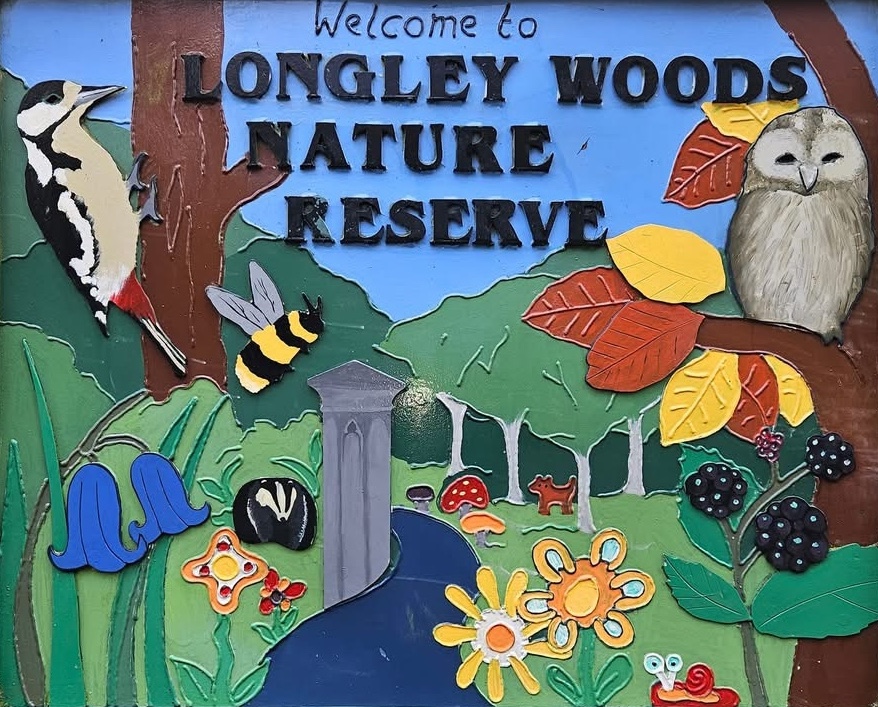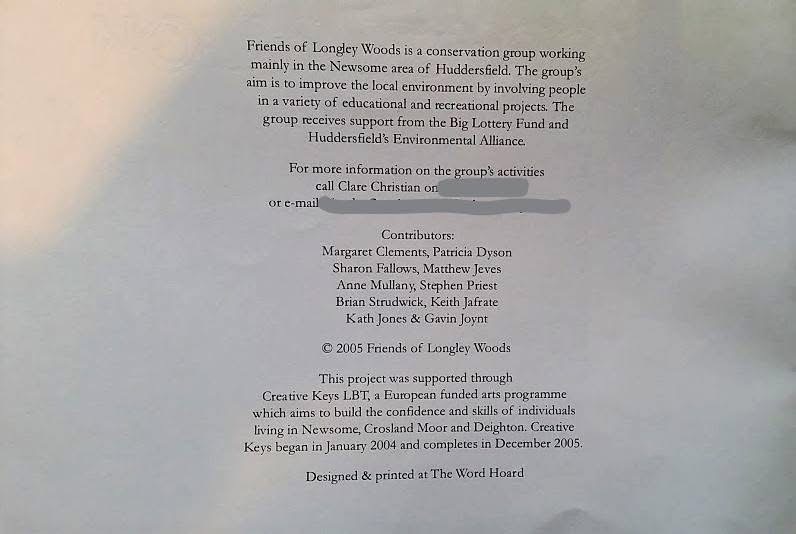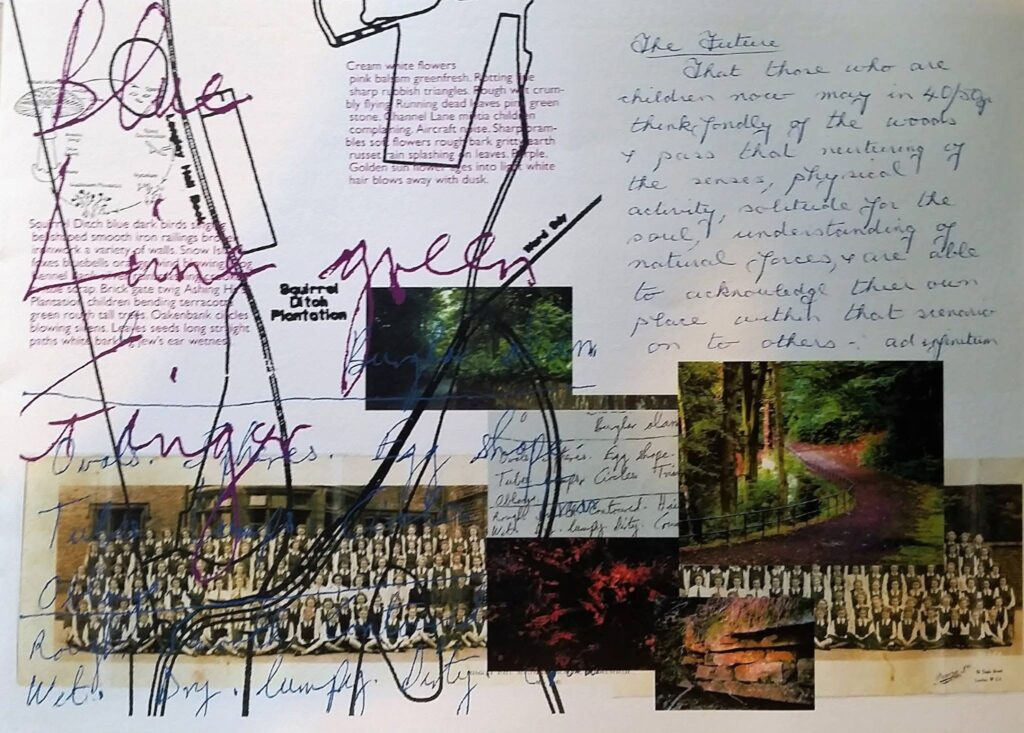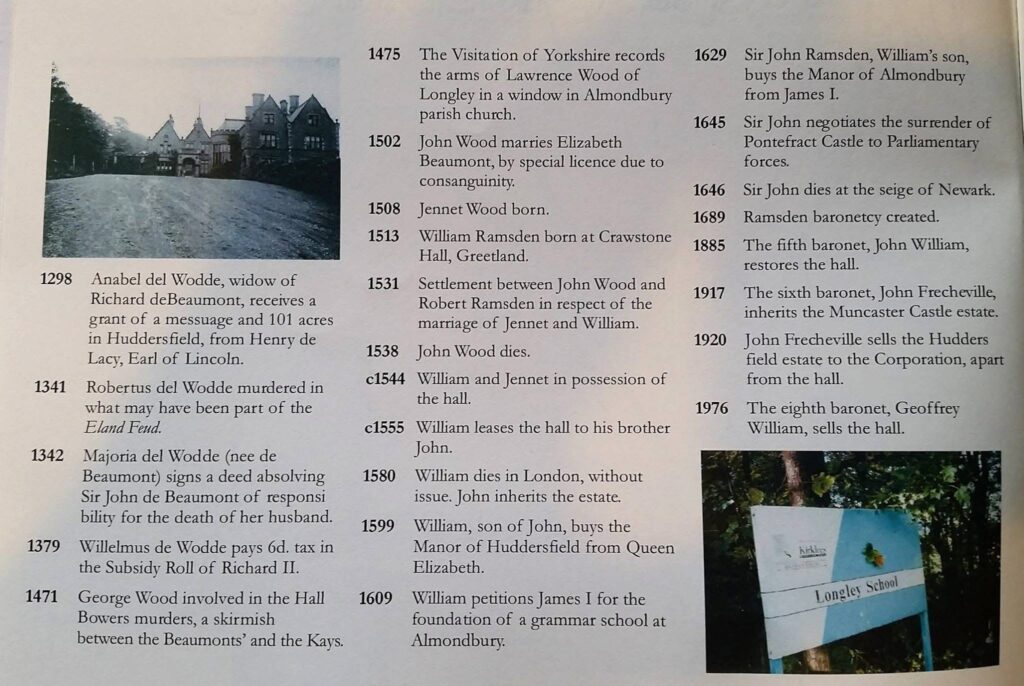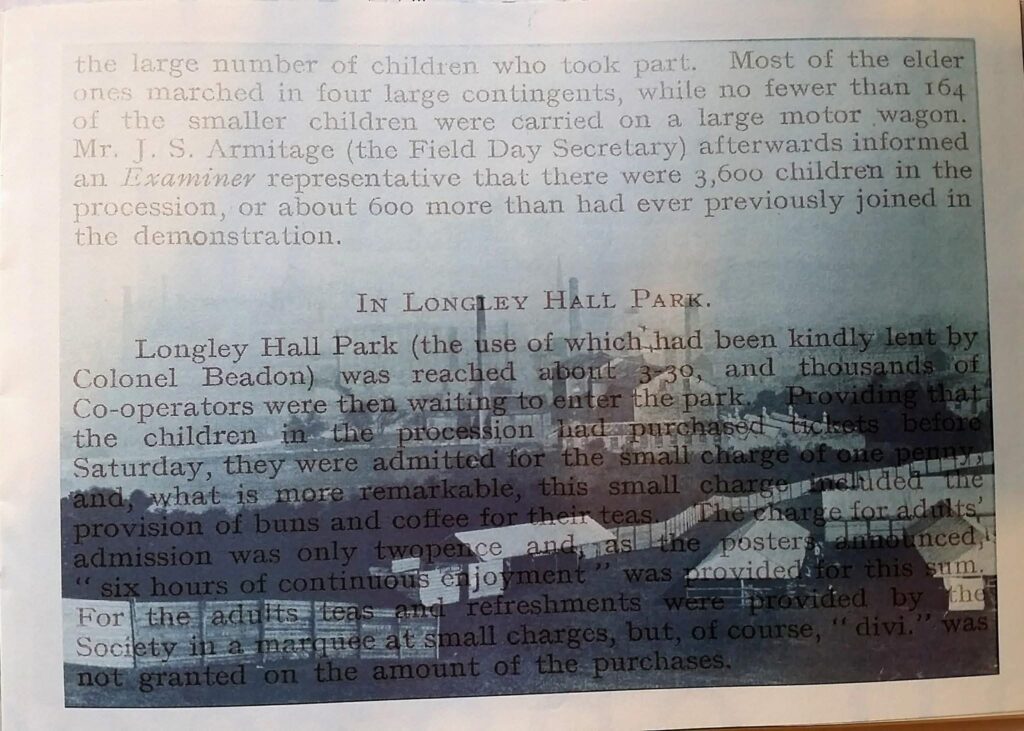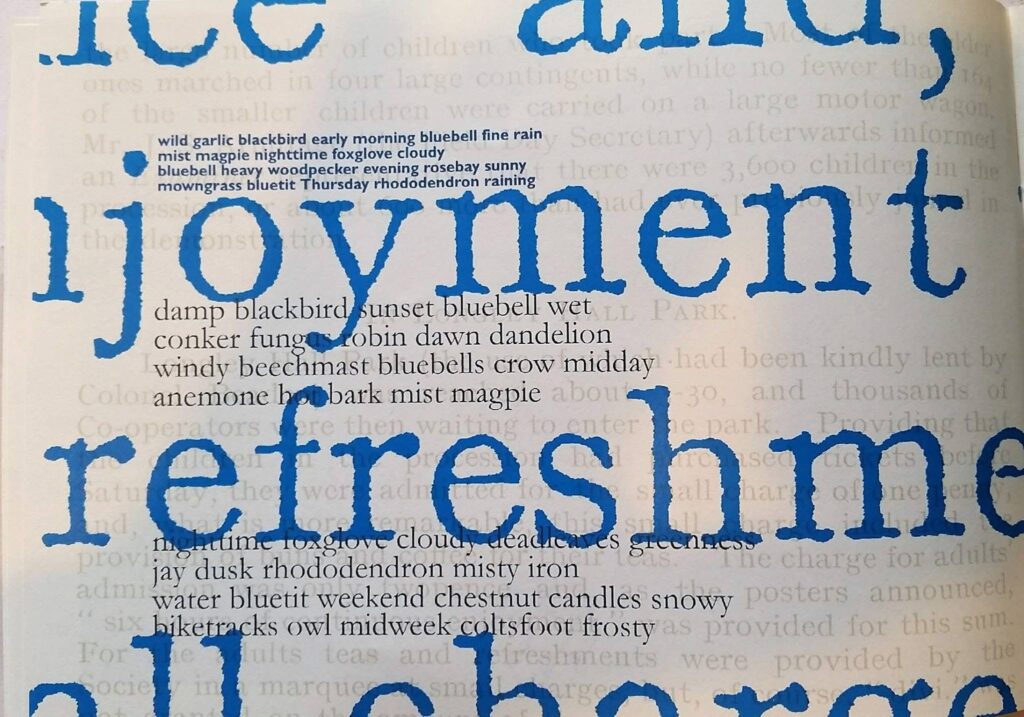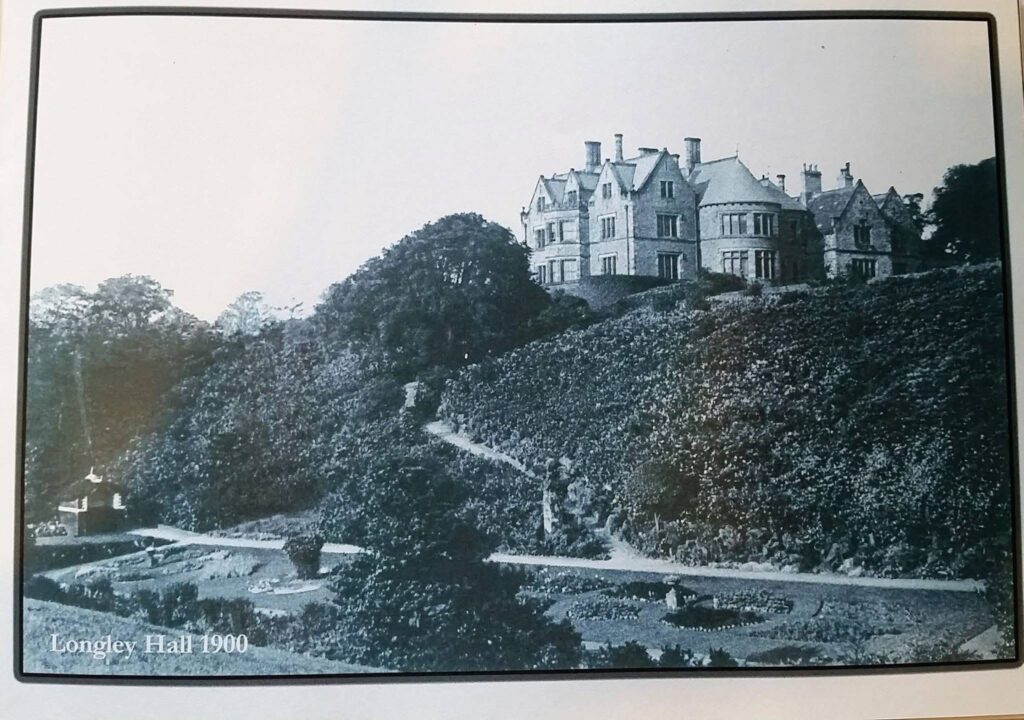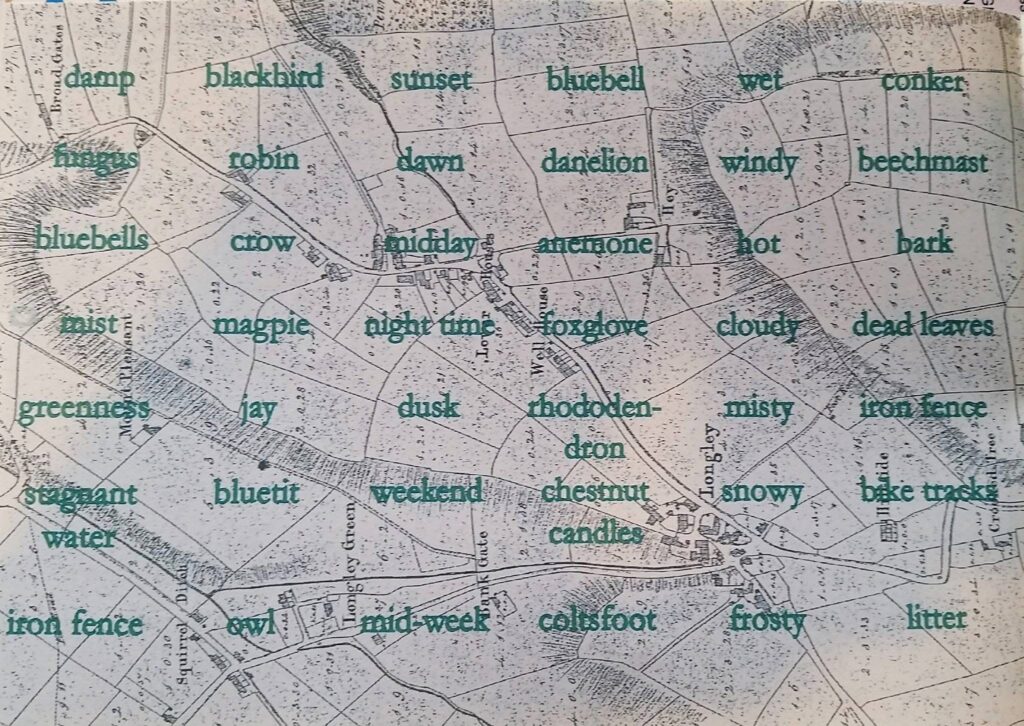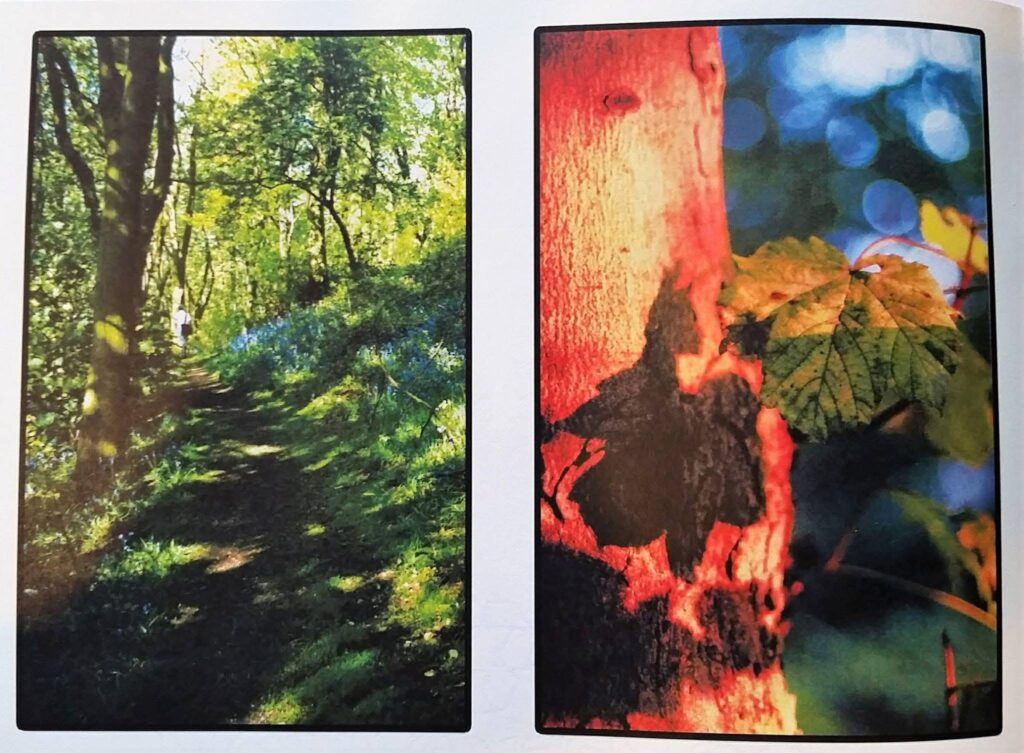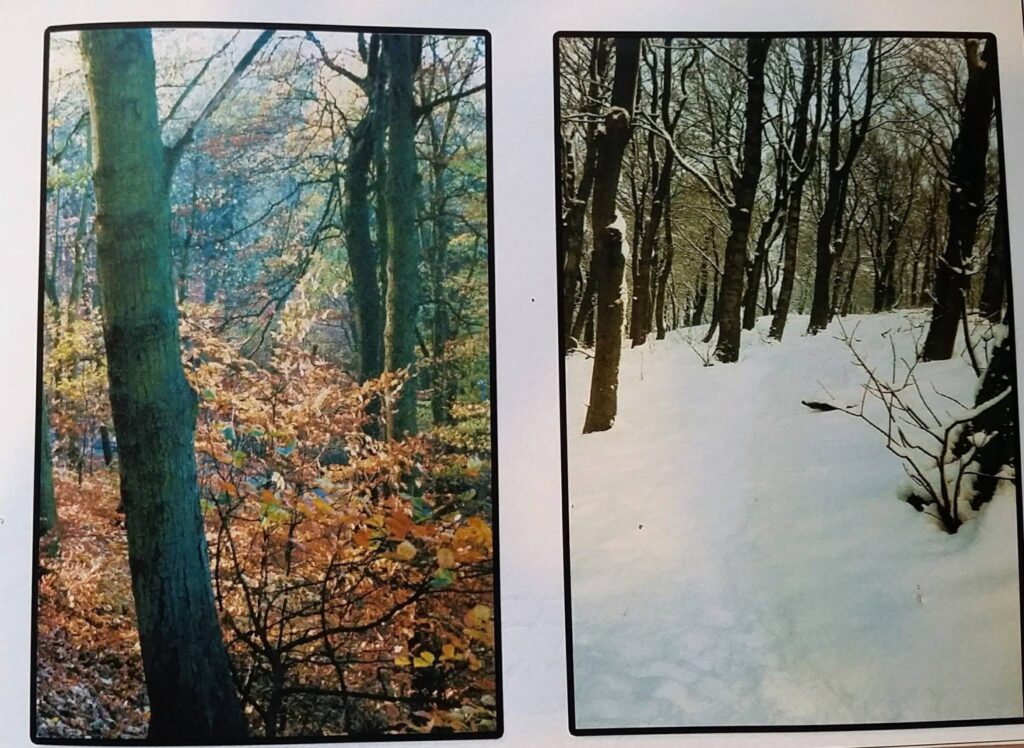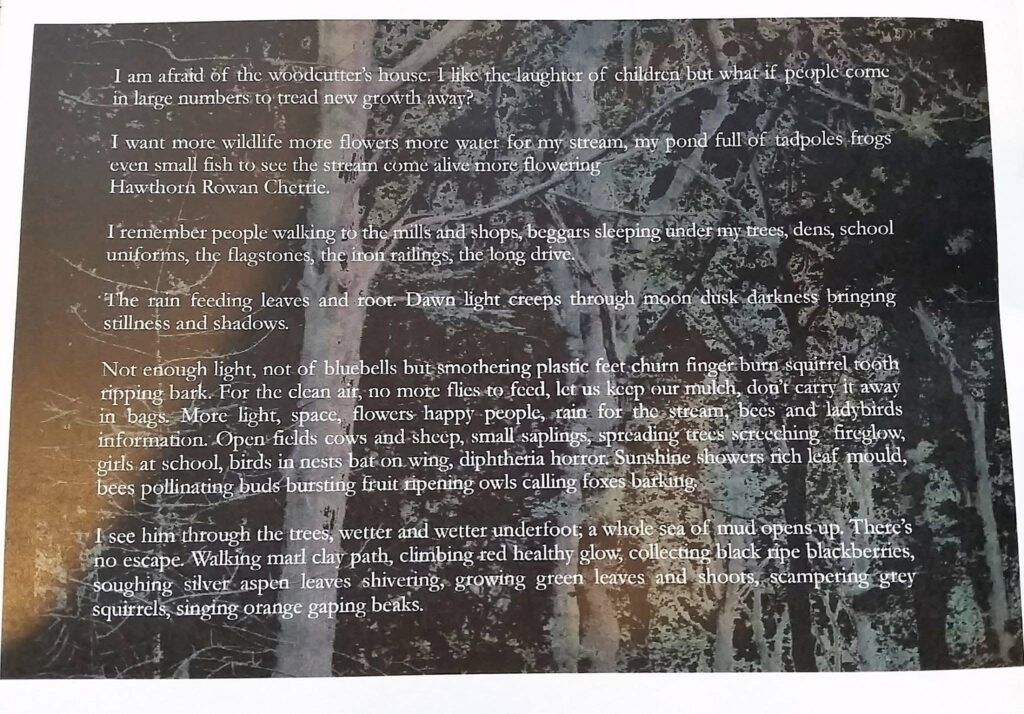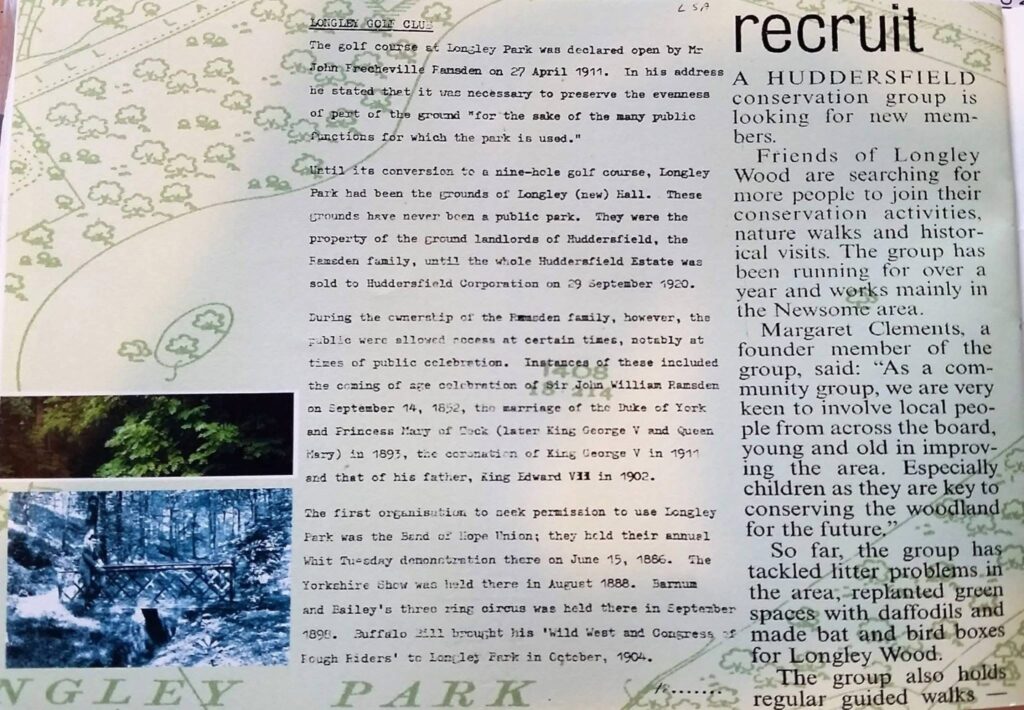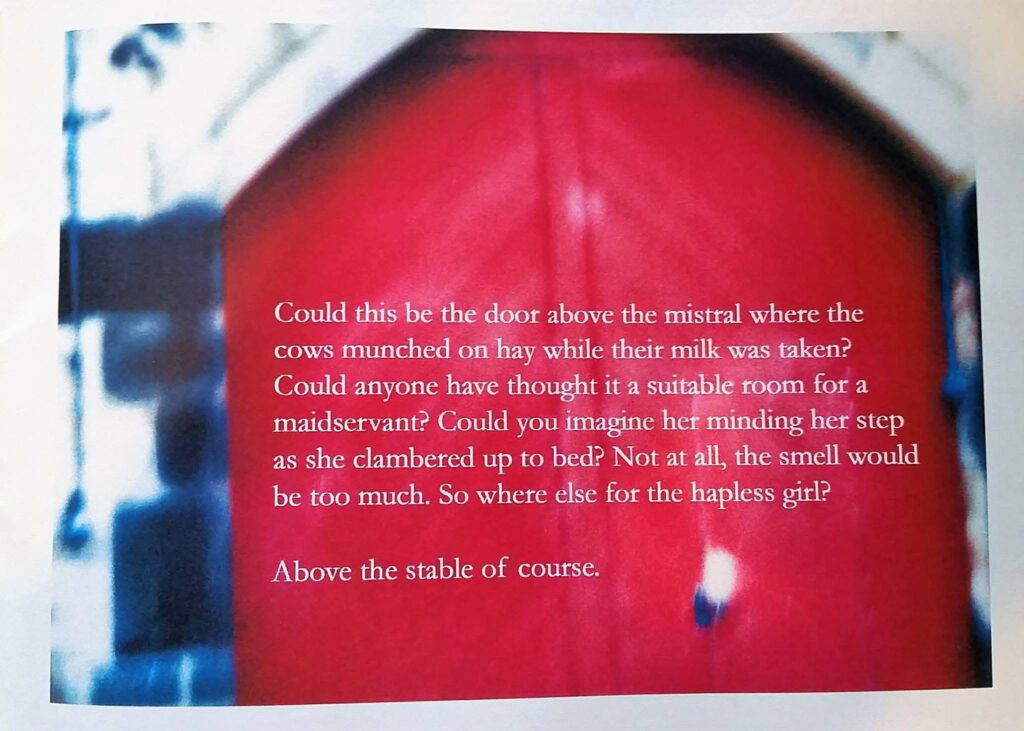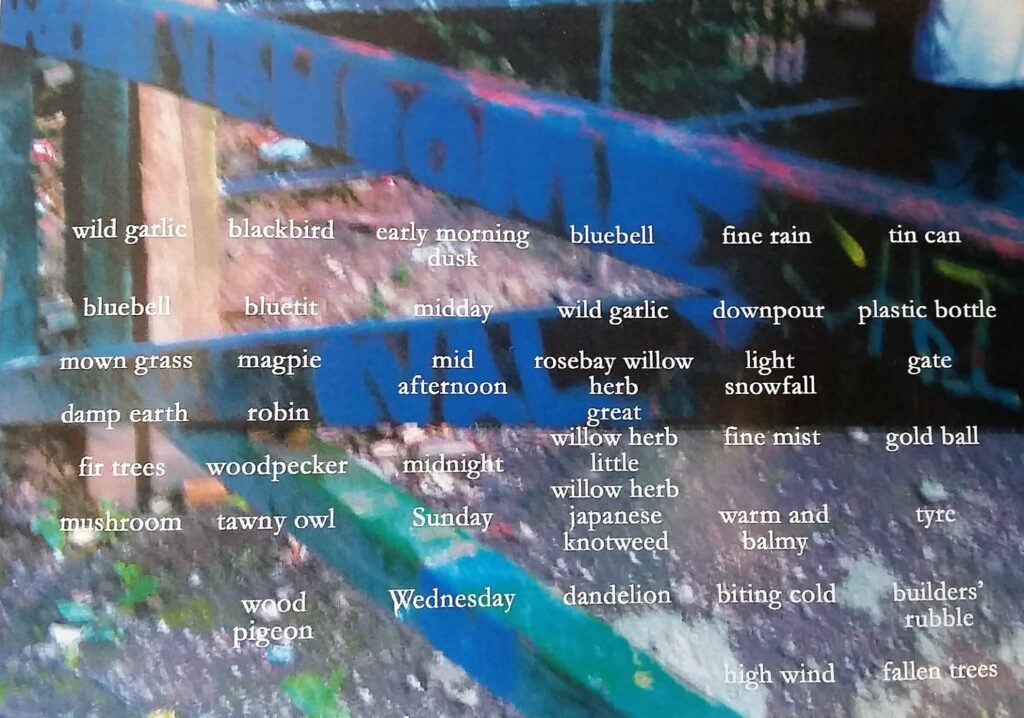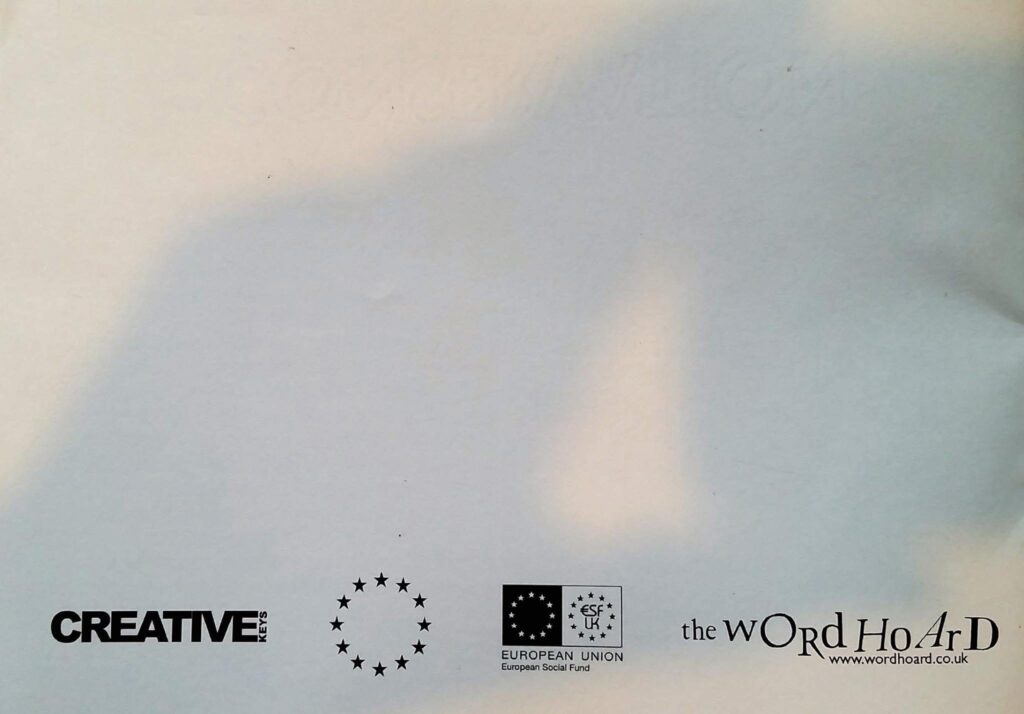
In 2005 The Friends of Longley Woods published a book called Hidden Treasures in Longley Woods. The project was supported through Creative Keys LBT, a European funded arts programme which aimed to build the confidence and skills of individuals living in Newsome, Crosland Moor and Deighton. Creative Keys began in January 2004 and completed in December 2005. The book was designed & printed at The Word Hoard. It is © 2005 Friends of Longley Woods.
The book begins…
“Situated on the edge of Huddersfield, only five/ten minutes walk from town, college and University, the bluebell woods of Longley are on a hill. Conceived for private pleasure, the woods are now enjoyed by school children, dog walkers and people coming from Lowerhouses, Longley, Ashenhurst, and Manor Rise into Huddersfield.”
And continues…
“Only 150 years old, the woods hide an earlier landscape still just visible: you can follow the old sunken lanes, trace the rim of the old sandstone quarry and search for the site of an old Georgian farm. There are a few old houses round the edge of the woods, one being Longley Old Hall situated at the top of the woods in the village of Longley. In the centre of the woods is a large old house, now Longley Special School, the entrance, a long wide drive going from road to school, from Dog Kennel Bank.”
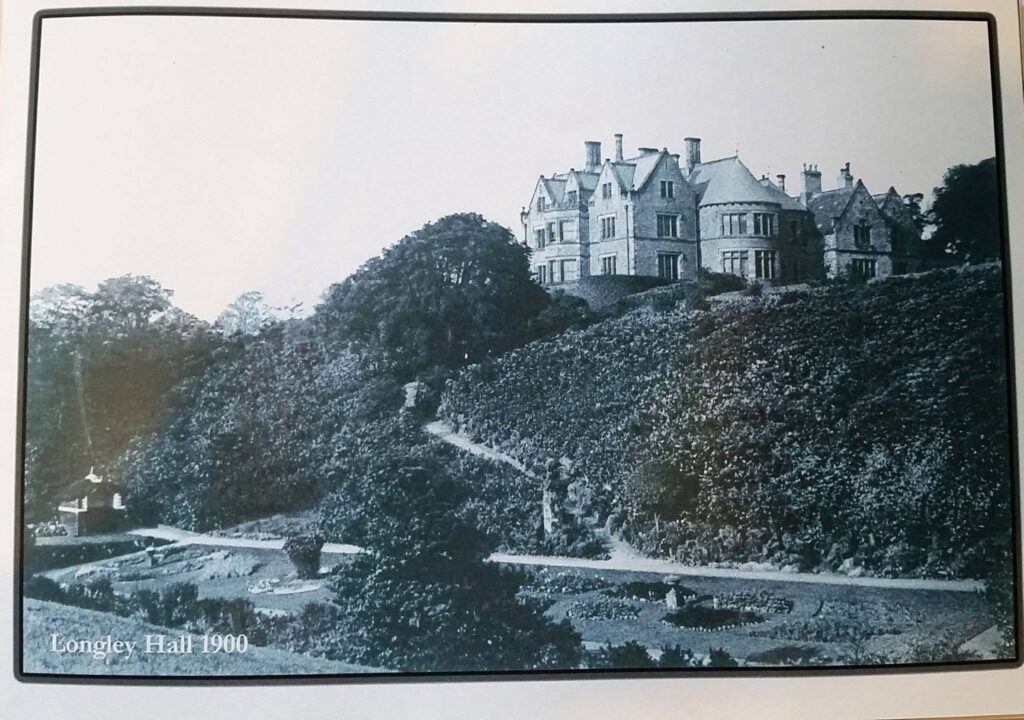
Longley Special School is now called Woodley School but the description is still rather appropriate.
The book goes on to describe the site of the woods.
“Site description: a mature planted woodland with a mixed beech/sycamore canopy which has some oak, ash and a few ornamental individuals of copper, beech, holly and sweet chestnut. The southern half of the wood comprises a small valley along the bottom of which is Squirrel Ditch. This watercourse becomes Longley Hall Beck at the centre of the wood and flows northwards more freely in this section than in the southern section where rubbish and silt have blocked the channel. The shrub layer contains a range of both native and ornamental species including hawthorn, elder, holly, privet, laurel, laburnum, rhododendrum and snowberry. The density of this layer is variable but there is cover throughout most of the site. The herb layer is indicative of a disturbed woodland, with frequent patches of Japanese Knotweed and rosebay willowherb occurring between more stable Yorkshire fog, bluebell, fern, bramble community which covers a good proportion of the wood. Soil type: brown earth Site area: 4.5ha. Aspect/slope: valley East/West 0-40.”
Feel free to have a look at the pages reproduced below…
